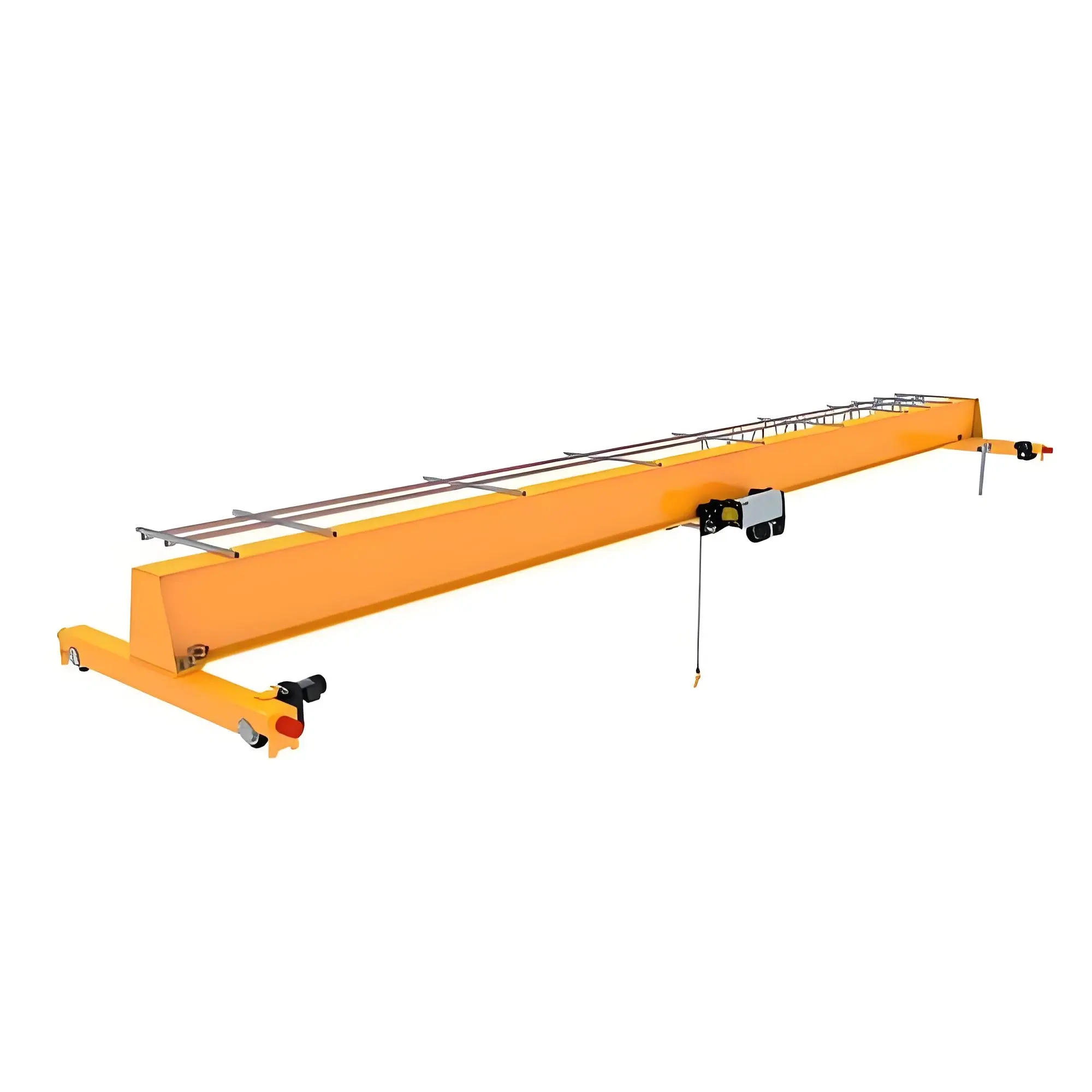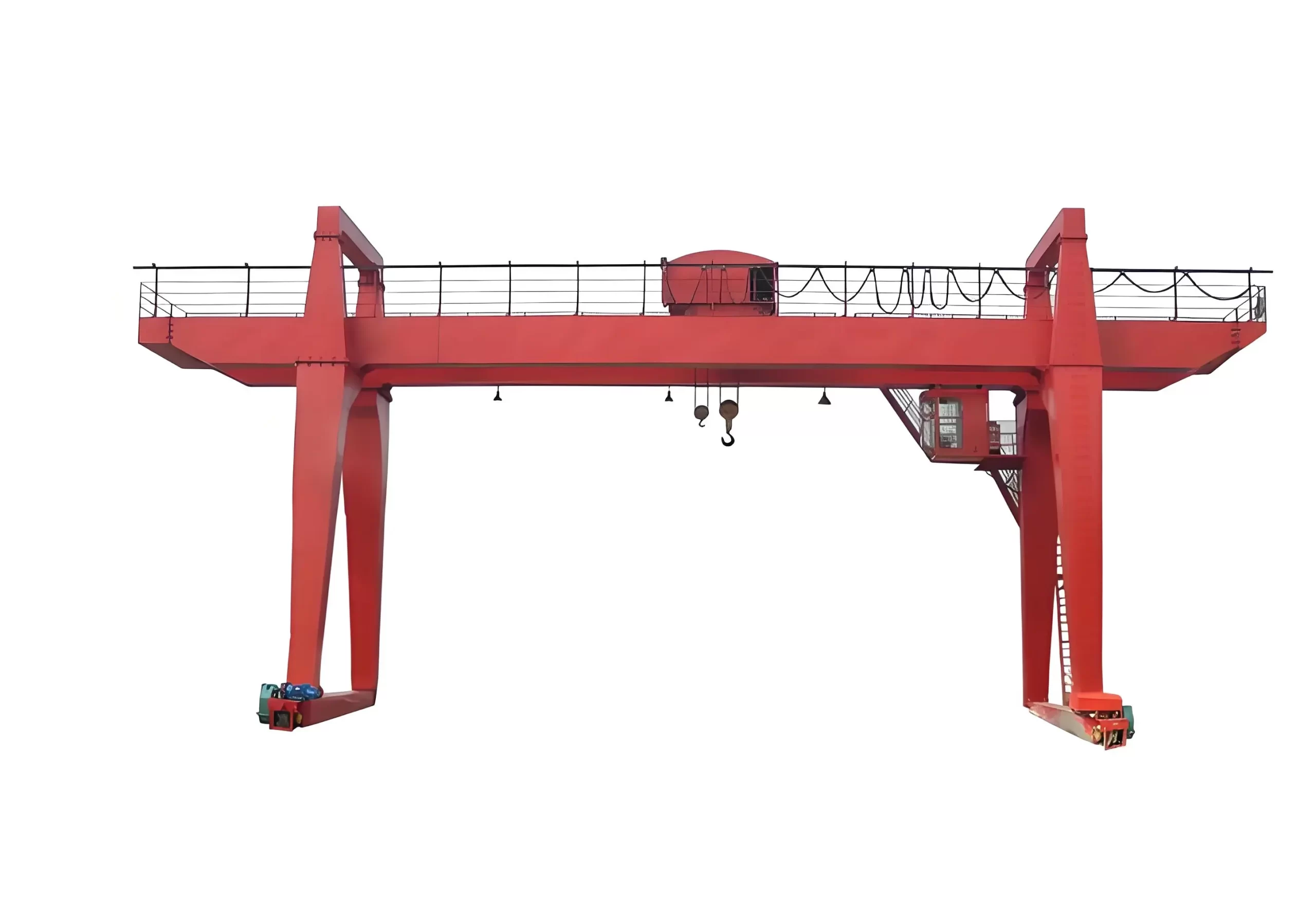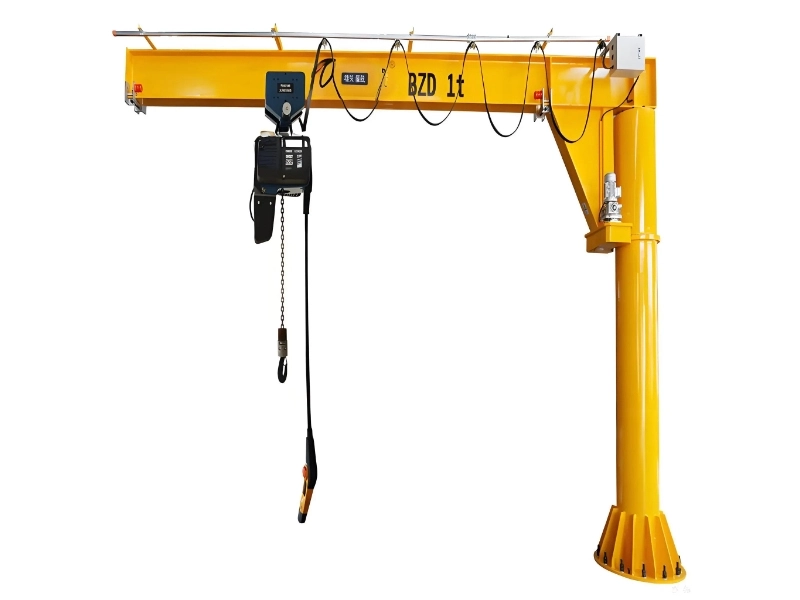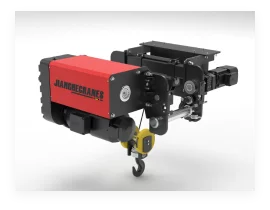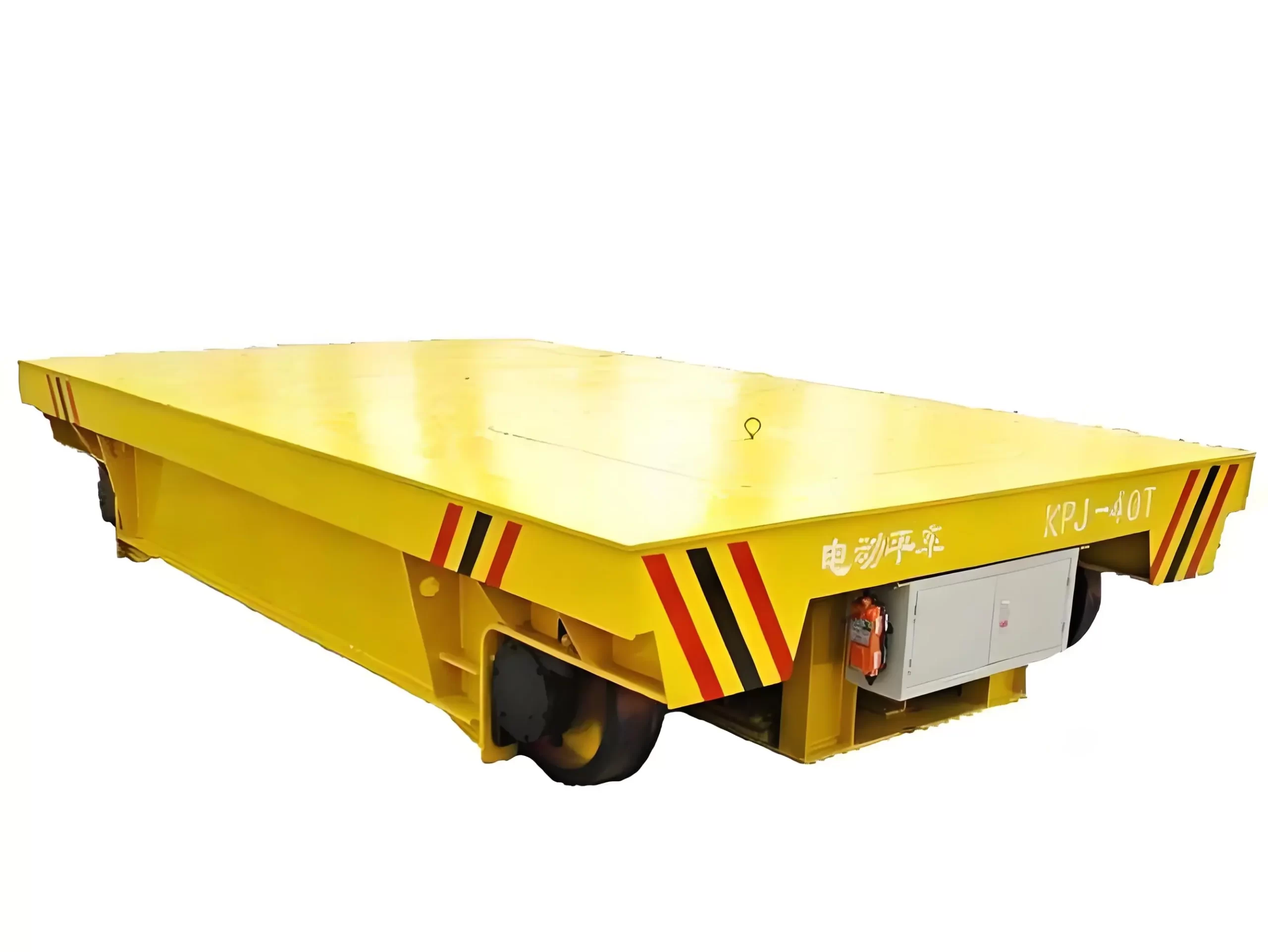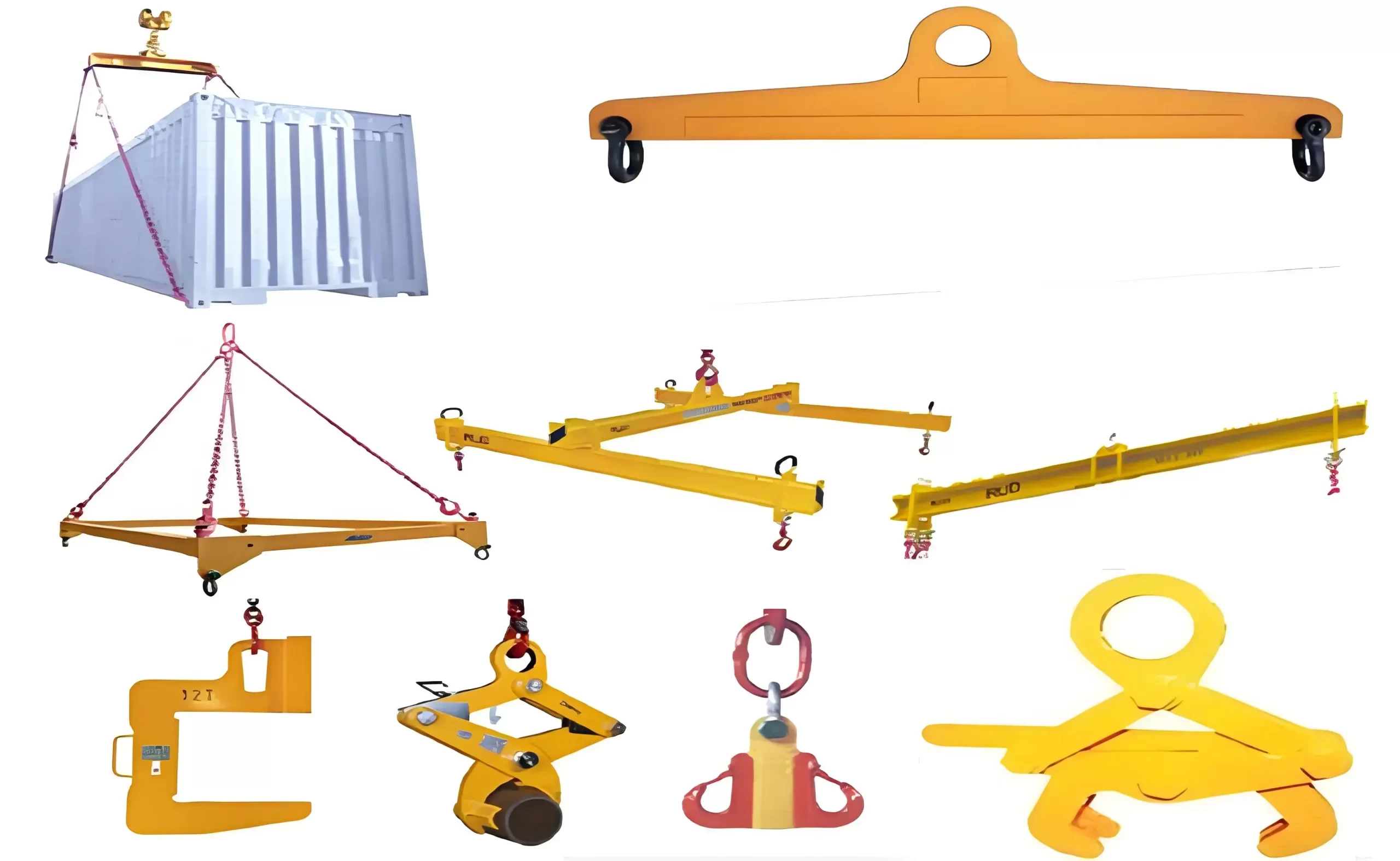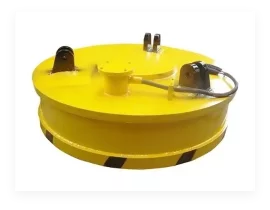- Crushing and Collisions
This refers to the occurrence of crushing and collisions involving personnel during the operation of cranes and gantry cranes. Such incidents are common and extremely hazardous in crane operations, often resulting in severe consequences, including fatalities. The main scenarios include:
(1) Swinging Load Crushing and Collision: This occurs when a swinging load crushes or collides with personnel during crane operation. The primary causes are improper operation by the driver, leading to sudden speed changes and significant inertia, and errors in command resulting in unreasonable lifting paths causing the load to swing violently and collide with personnel.
(2) Unstable Load Tipping and Collision: This happens when an improperly placed load tips over and strikes personnel. The causes include improper placement of the load without necessary safety measures and poor site management during lifting operations.
(3) Crushing and Collision During Mobile Crane Operations: This occurs when personnel are crushed or collided with by mobile cranes during command or maintenance operations. The reasons include improper standing positions of the command personnel and lack of necessary safety measures during maintenance.
(4) Crushing and Collision During Overhead Crane Operations: This occurs when personnel are crushed or collided with by overhead cranes during inspection or maintenance operations. The main causes are lack of communication between inspectors or maintenance personnel and drivers, and lack of necessary safety measures during maintenance. - Electric Shock
Electric shock refers to incidents where personnel come into contact with live electrical components during crane operations. Such incidents are common and hazardous, mainly due to:
(1) Driver Contacting Conductor Lines: When the crane driver’s cabin is on the same side as the conductor lines, the driver may get electrocuted by touching the lines while getting in or out. The primary reasons are unreasonable cabin positioning and lack of protective panels near the conductor lines.
(2) Contact with High-Voltage Transmission Lines: This occurs due to lack of necessary safety measures while operating cranes near high-voltage lines or due to errors in command and operation leading to the crane becoming electrified.
(3) Electrical Equipment Leakage: This occurs due to electrical equipment malfunction, leading to leakage, and lack of protective insulating mats in the driver's cabin.
(4) Contact of Lifting Wire Rope with Conductor Lines: This is caused by improper lifting methods violating safety regulations and lack of sliding contact line insulation. - Falls from Heights
This refers to incidents where personnel fall from cranes during installation or maintenance operations. Scenarios include:
(1) Repair Cage Falls: Due to unreasonable design of repair cages (e.g., insufficient height, improper materials), improper operation by repair personnel, and lack of necessary safety measures.
(2) Falls During Crane Crossing: Caused by lack of necessary safety measures and negligence by personnel, leading to falls from heights.
(3) Falls During Installation or Dismantling of Tower Cranes: Caused by unreasonable design of the tower body, improper dismantling methods, and errors in coordination between personnel and command. - Falling Loads and Impacts
This refers to incidents where loads or lifting gear fall from heights and strike personnel. Common causes include:
(1) Improper Binding Methods: Caused by large angles between wire ropes without balancing beams or unprotected loads with sharp edges.
(2) Defective Lifting Gear: Includes broken wire ropes or defective hooks causing loads to fall.
(3) Overloading: Due to personnel being unaware of load weights or improper lifting methods causing overloading.
(4) Over-Hoisting: Due to lack of upper limit position limiters or malfunctioning limiters, causing the wire rope to break. - Crane Overturning
This refers to the entire crane overturning during operation, typically occurring with mobile or tower cranes. Scenarios include:
(1) Wind-Induced Overturning: Caused by malfunctioning rail clamps and lack of wind anchor devices for outdoor cranes.
(2) Crawler Crane Overturning: Due to non-compliant lifting site conditions, improper operation methods, and errors in command.
(3) Truck and Tire Crane Overturning: Due to non-compliant lifting site conditions, improper outrigger setup, improper operation, and overloading.
Avoiding Hazards
Establish and improve the safety management responsibility system and technical archives management system for cranes; enhance training and education, ensuring personnel undergo safety technical training and certification; implement systematic safety management; and strengthen safety supervision.
Personnel should avoid hazards during operations to ensure their safety.


